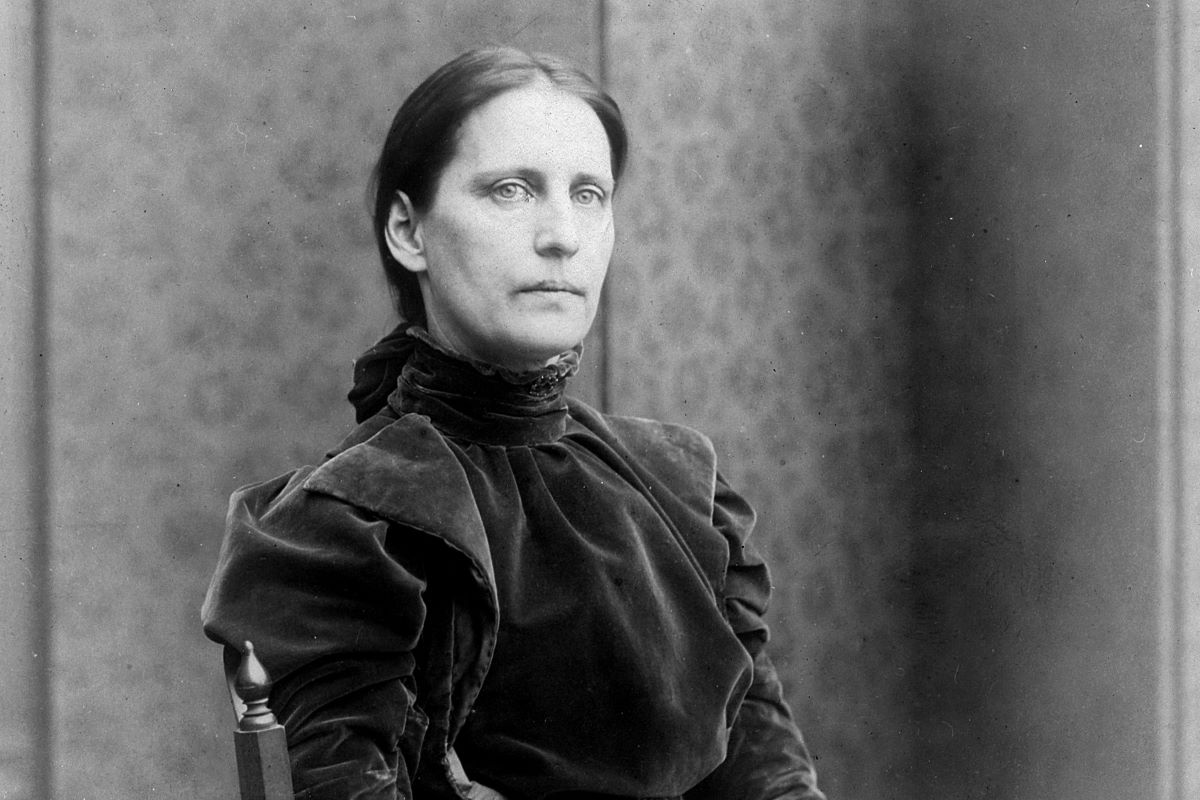- Events & Programs Home
- Calendar
- Accessibility
- Adults
-
Families & Teens
- Families & Teens Home
- 10x10 Teen Art Expo
- Art on the Rise
- Art Together: Art Making for Families with Children Ages 3–5
- Babies Sing with May Festival Minis
- Boy Scouts / Girl Scouts
- CAM Kids Day
- Family Storytime and Gallery Walk
- Family Studio: Art Making for Families with Children Ages 6–12
- Games in the Galleries
- Members-Only Baby Tours
- Public Baby Tours
- REC Reads
- Rosenthal Education Center (REC)
- Saturday Morning Art Class
- See Play Learn Kits
- Summer Camp
- Teen Fest: Zine and Comic Exchange
- RECreate
- Teachers
- Community Outreach
- Fundraisers
- Plan Your Own Event

- Events & Programs Home
- Calendar
- Accessibility
- Adults
-
Families & Teens
- Families & Teens Home
- 10x10 Teen Art Expo
- Art on the Rise
- Art Together: Art Making for Families with Children Ages 3–5
- Babies Sing with May Festival Minis
- Boy Scouts / Girl Scouts
- CAM Kids Day
- Family Storytime and Gallery Walk
- Family Studio: Art Making for Families with Children Ages 6–12
- Games in the Galleries
- Members-Only Baby Tours
- Public Baby Tours
- REC Reads
- Rosenthal Education Center (REC)
- Saturday Morning Art Class
- See Play Learn Kits
- Summer Camp
- Teen Fest: Zine and Comic Exchange
- RECreate
- Teachers
- Community Outreach
- Fundraisers
- Plan Your Own Event
Blog: CAM Uncovered
Blog: CAM Uncovered
- Home
- Plan Your Visit
- Art
-
Events & Programs
- Events & Programs Home
- Calendar
- Accessibility
- Adults
-
Families & Teens
- Families & Teens Home
- 10x10 Teen Art Expo
- Art on the Rise
- Art Together: Art Making for Families with Children Ages 3–5
- Babies Sing with May Festival Minis
- Boy Scouts / Girl Scouts
- CAM Kids Day
- Family Storytime and Gallery Walk
- Family Studio: Art Making for Families with Children Ages 6–12
- Games in the Galleries
- Members-Only Baby Tours
- Public Baby Tours
- REC Reads
- Rosenthal Education Center (REC)
- Saturday Morning Art Class
- See Play Learn Kits
- Summer Camp
- Teen Fest: Zine and Comic Exchange
- RECreate
- Teachers
- Community Outreach
- Fundraisers
- Plan Your Own Event
- Give & Join
- About
- Tickets
- Calendar
- Exhibitions
- Collections
- Blog
- Shop
Behind the Scenes in Conservation: Reflection by Raphael Soyer
by Cecile Mear, Conservator of Works on Paper
8/31/2023
Raphael Soyer , prints , paper conservation , CAMConservation
In 2019 and 2020 the museum received three prints by American artist Raphael Soyer (1899–1987), the first of his prints to enter the museum’s collection.
Reflection, a portrait of the artist’s daughter Mary from 1962, had been put in a dry mount press to attach a thin, wood pulp, cardboard backing, possibly to keep the print flat before putting it in a mat. The work also has a stain from a previously attached acidic window mat as well as uneven yellow stains from exposure to light.
Despite that, the print is in good condition and does not need the additional support provided by the cardboard. Kay Horak, paper conservation intern, began removing the cardboard by thinning it with a scalpel, cutting the board away from the dry mount tissue used to adhere the board to the print. With the cardboard gone, the dry mount tissue could then be lifted off.
Both sides of the mounting tissue are coated with a waxy adhesive that is easily softened with heat. Using a piece of silicone-coated film as a barrier, I gently moved a warm tacking iron across the tissue to soften the adhesive enough that it could be detached with a scalpel. Even though dry mounting the print was unnecessary and created work to undo, the dry mount tissue protected the print from acids in the cardboard backing.
After the dry mount tissue was completely removed from the print, the next steps involve reducing the adhesive from the back and the stains from the front. The adhesive is not water soluble and so impedes aqueous treatment—as much as possible will be removed before moving forward with stain reduction using water-based solutions.

Raphael Soyer (American, 1899–1987), Reflection, 1962, lithograph on paper, Gift of Allen W. Bernard, 2020.72

Raphael Soyer (American, 1899–1987), Reflection, 1962, lithograph on paper, Gift of Allen W. Bernard, 2020.72

Raphael Soyer (American, 1899–1987), Reflection, 1962, lithograph on paper, Gift of Allen W. Bernard, 2020.72

Daniel Greene (American, 19344–2020), Raphael Soyer, 1973, pastel, Centennial Gift of the Fleischmann Foundation in memory of Julius Fleischmann, 1981.474
Related Blog Posts


Cincinnati, OH 45202
Toll Free: 1 (877) 472-4226
Museum Hours
Museum Shop
Terrace Café
Library
Cincinnati Art Museum is supported by the tens of thousands of people who give generously to the annual ArtsWave Campaign, the region's primary source for arts funding.

Free general admission to the Cincinnati Art Museum is made possible by a gift from the Rosenthal Family Foundation. Exhibition pricing may vary. Parking at the Cincinnati Art Museum is free.
Generous support for our extended Thursday hours is provided by Art Bridges Foundation’s Access for All program.

General operating support provided by:




